
Growth Stimulating Implants for Beef Cattle
Growth stimulating implants for beef cattle are not new. The oldest commercial one has been around for over 40 …



El inglés es el idioma de control de esta página. En la medida en que haya algún conflicto entre la traducción al inglés y la traducción, el inglés prevalece.
Al hacer clic en el enlace de traducción se activa un servicio de traducción gratuito para convertir la página al español. Al igual que con cualquier traducción por Internet, la conversión no es sensible al contexto y puede que no traduzca el texto en su significado original. NC State Extension no garantiza la exactitud del texto traducido. Por favor, tenga en cuenta que algunas aplicaciones y/o servicios pueden no funcionar como se espera cuando se traducen.
Inglês é o idioma de controle desta página. Na medida que haja algum conflito entre o texto original em Inglês e a tradução, o Inglês prevalece.
Ao clicar no link de tradução, um serviço gratuito de tradução será ativado para converter a página para o Português. Como em qualquer tradução pela internet, a conversão não é sensivel ao contexto e pode não ocorrer a tradução para o significado orginal. O serviço de Extensão da Carolina do Norte (NC State Extension) não garante a exatidão do texto traduzido. Por favor, observe que algumas funções ou serviços podem não funcionar como esperado após a tradução.
English is the controlling language of this page. To the extent there is any conflict between the English text and the translation, English controls.
Clicking on the translation link activates a free translation service to convert the page to Spanish. As with any Internet translation, the conversion is not context-sensitive and may not translate the text to its original meaning. NC State Extension does not guarantee the accuracy of the translated text. Please note that some applications and/or services may not function as expected when translated.
Collapse ▲
Growth stimulating implants for beef cattle are not new. The oldest commercial one has been around for over 40 …

Join us for a free seminar on Tuesday, April 6, 2021, at 7 p.m. to talk about mud problems/solutions, …

Springtime is a nutritionally critical time for the beef herd. Most are giving birth, and their nutritional needs increase …
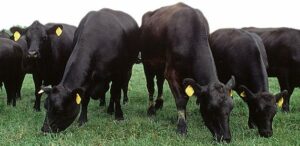
External parasites of beef cattle are many. One often neglected, is lice. Both chewing and bloodsucking lice are more …

In recent weeks, several producers have called with questions about treating foot rot in beef cattle. Those calls, in …
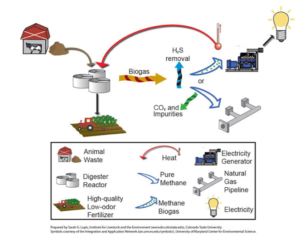
N.C. Cooperative Extension, Dairy ASA – Ashley Robbins will be hosting a webinar on February 4, 2021, from noon–1:30 …
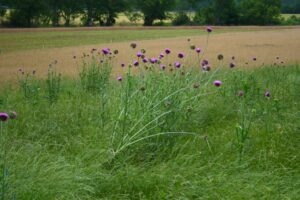
One of the most misunderstood weeds in our WNC pastures are thistles. A biennial, most of us don’t really …

With warmer weather, fly populations increase. Horn flies and face flies are the primary pests of cattle here in …

Grass tetany is a season-specific metabolic disturbance of cattle that occurs when cattle are grazing lush vegetation. It occurs …

Fall can bring about some toxicity issues with livestock. As with a lot of other aspects of 2020, some …
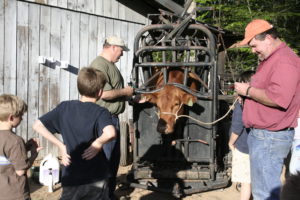
To properly manage a cattle operation, adequate handling facilities are a must. Having a fast, efficient means of safely …

With winter on its way, be glad that your horses don’t have to deal with temperatures that consistently dip …
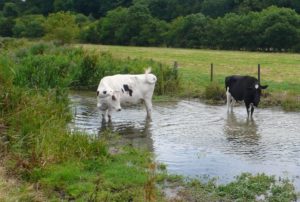
Livestock producers can help their animals endure the stress from heat and humidity in a variety of ways. To …
Fall is a wonderful time to enjoy being outdoors, but with fall comes the seasonal hazard of toxic poisoning …

With the summer coming to an end and fall and winter fast approaching, livestock producers usually take on winter …

Livestock producers can take advantage of late summer and early fall growing conditions to obtain high quality pasture for …

The NC State University College of Veterinary Medicine has officially hired Dr. Tom Van Dyke to serve as Assistant …

Hardware disease, also known as traumatic reticuloperitonitis, is really not a disease at all. It is an injury to …

Midsummer is the time that we typically think of fescue toxicosis, as our thoughts are towards making hay and …
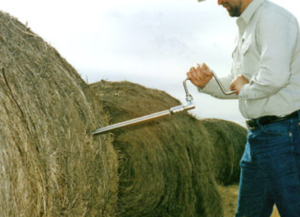
Do you know the nutrient composition of the hay you have baled or purchased? If not, you really have …
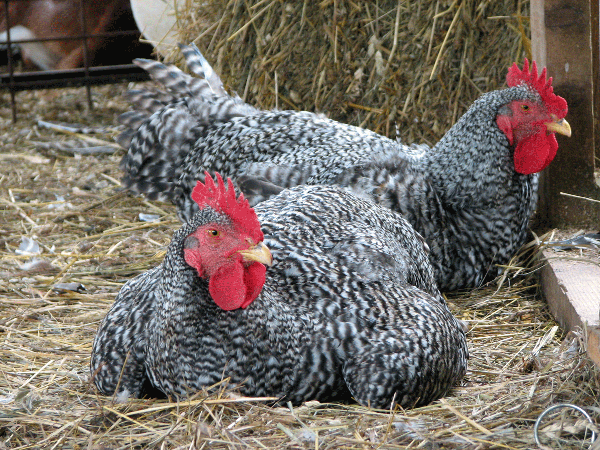
A guide for urban residents who want to raise backyard chickens. Includes information about breed …
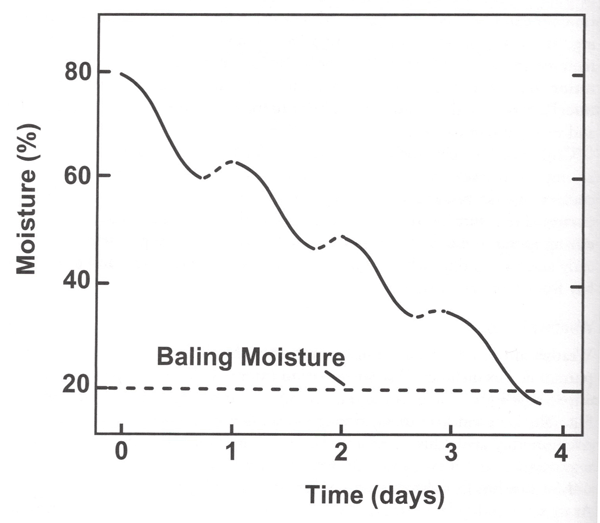
This publication addresses aspects of hay production as a method of conserving forage crops.

Cool-season annual forages like wheat, oats, and ryegrass can be used to feed livestock in …
This publication addresses nutrient management concerns as they relate to land application of animal wastes, …
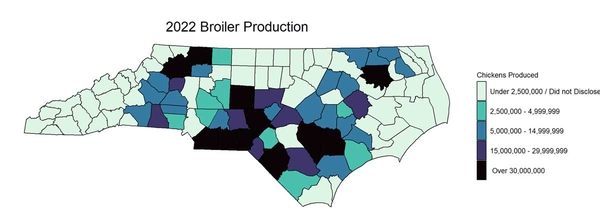
This publication discusses how excess zinc and copper from animal manure can lead to soil …

This publication discusses methods to measure the amount of grass available for grazing to help …

The longhorned tick (previously called the 'Asian longhorned tick') is an invasive tick spreading throughout …

This publication provides a general overview of silvopastures and discusses the results of forage productivity …